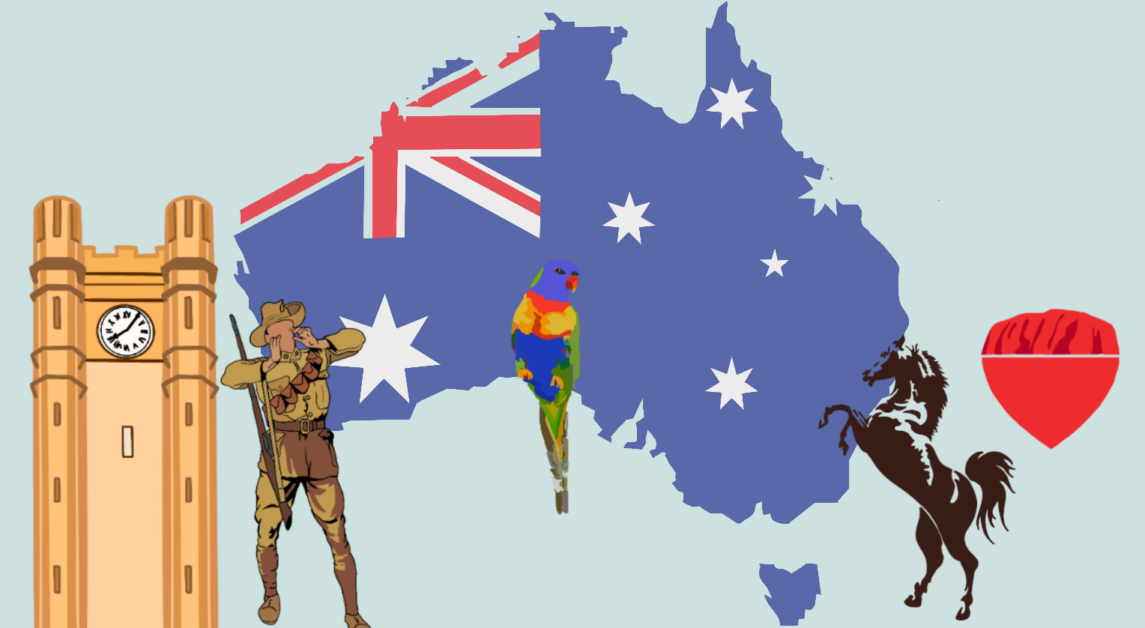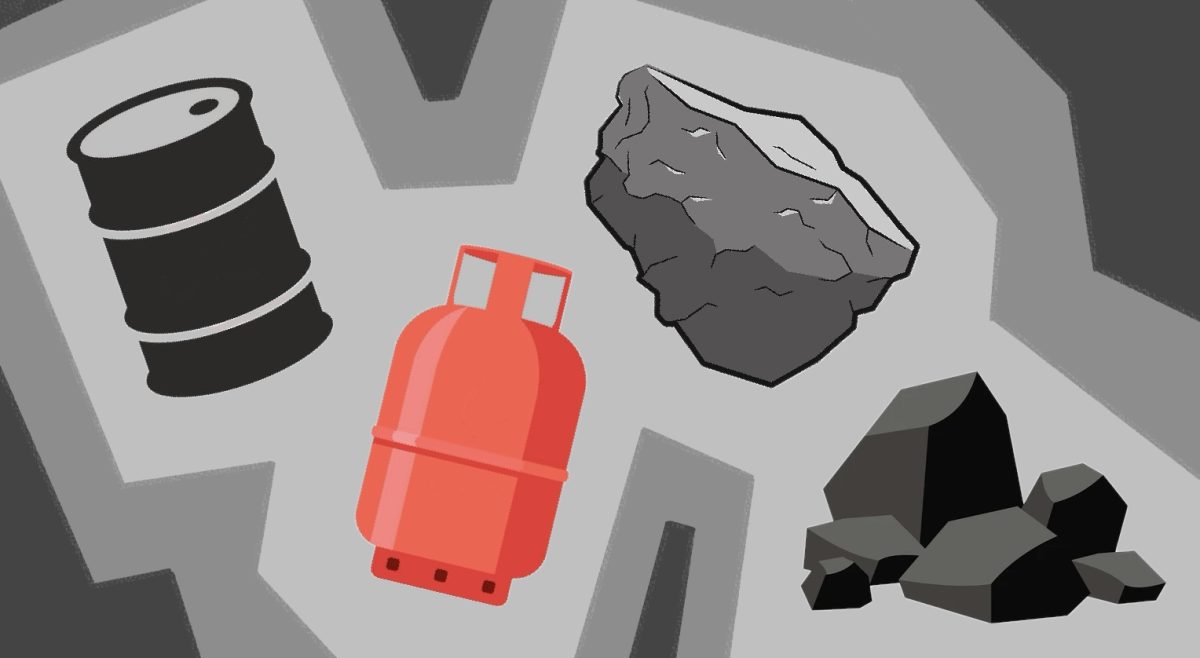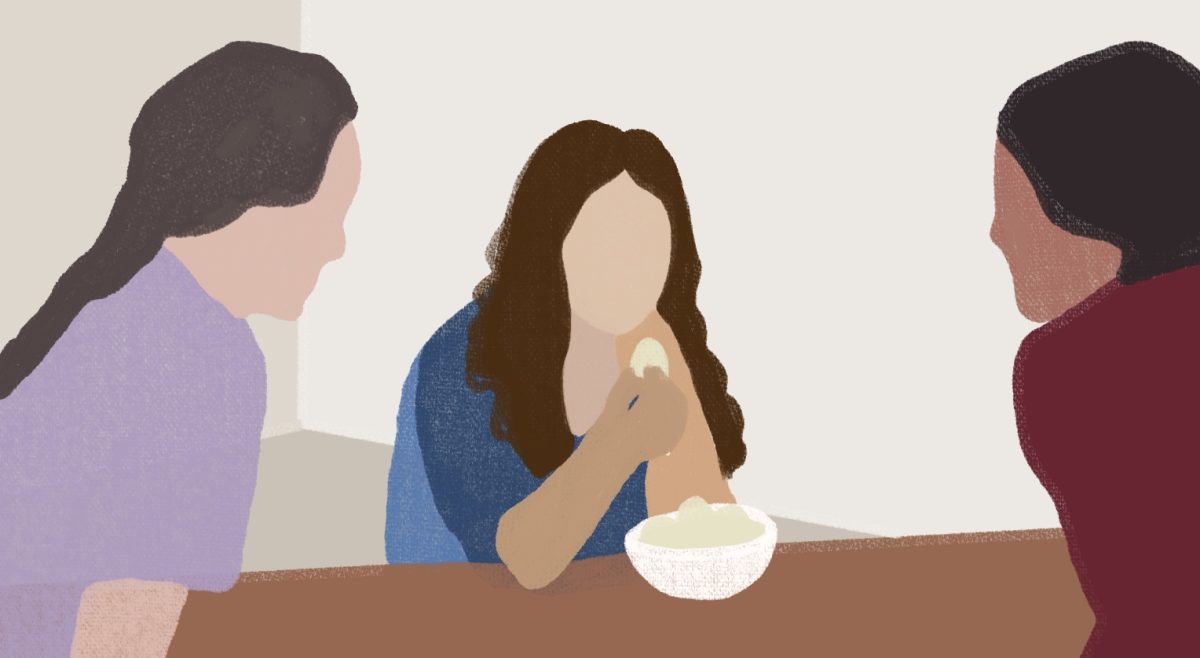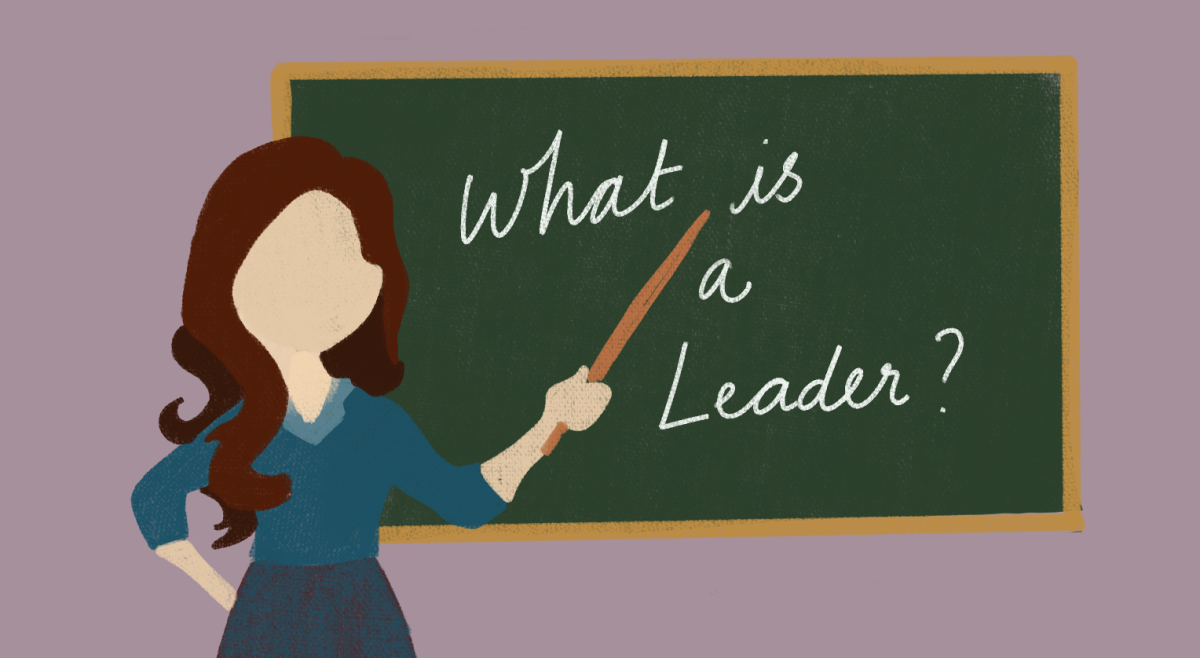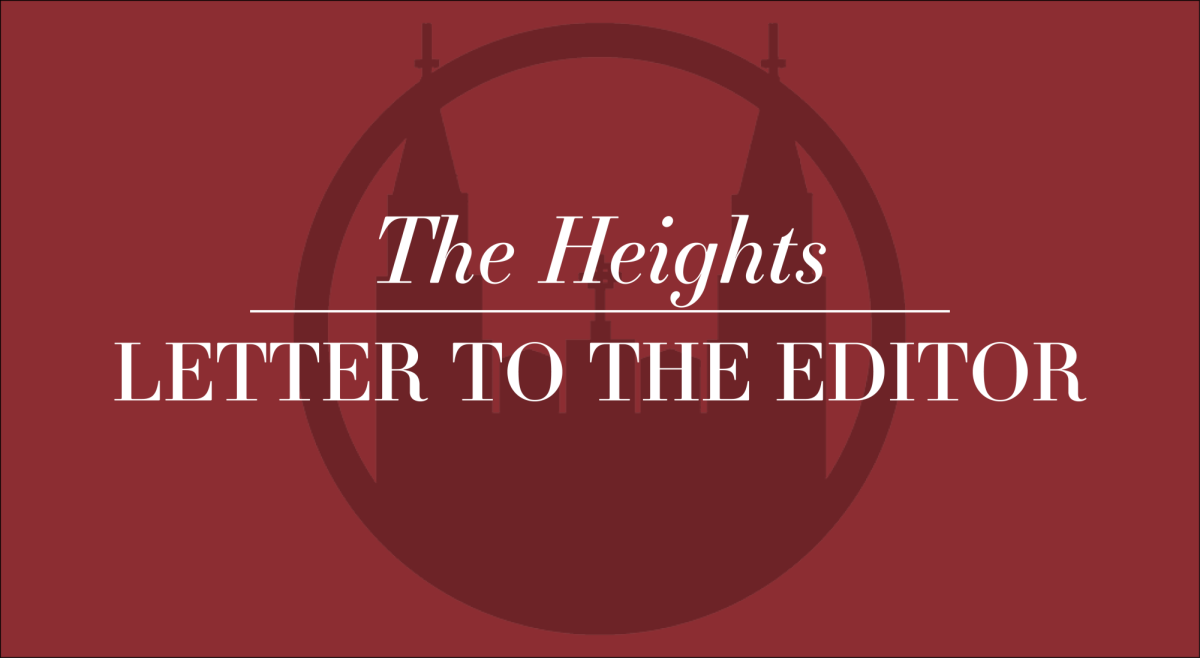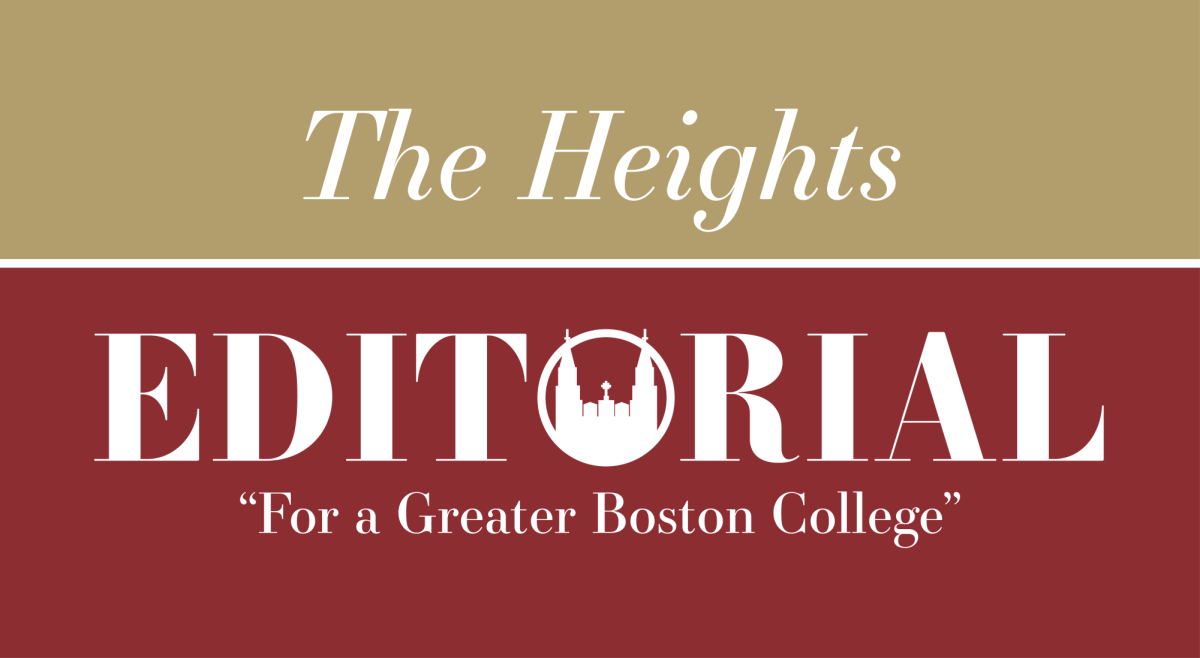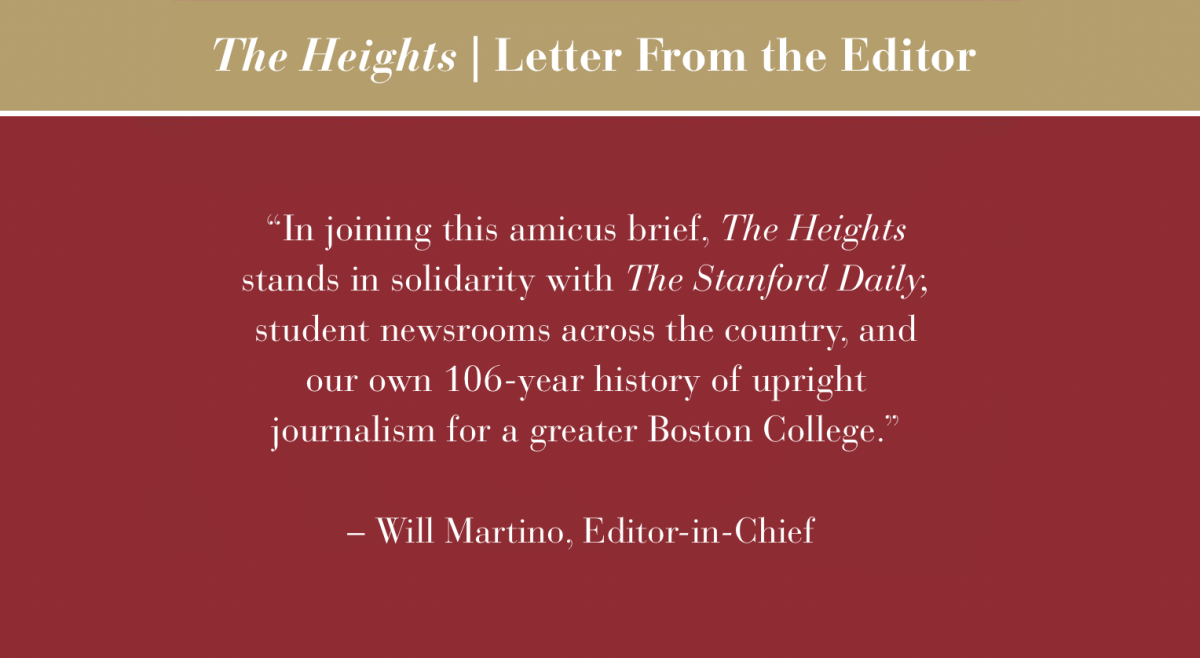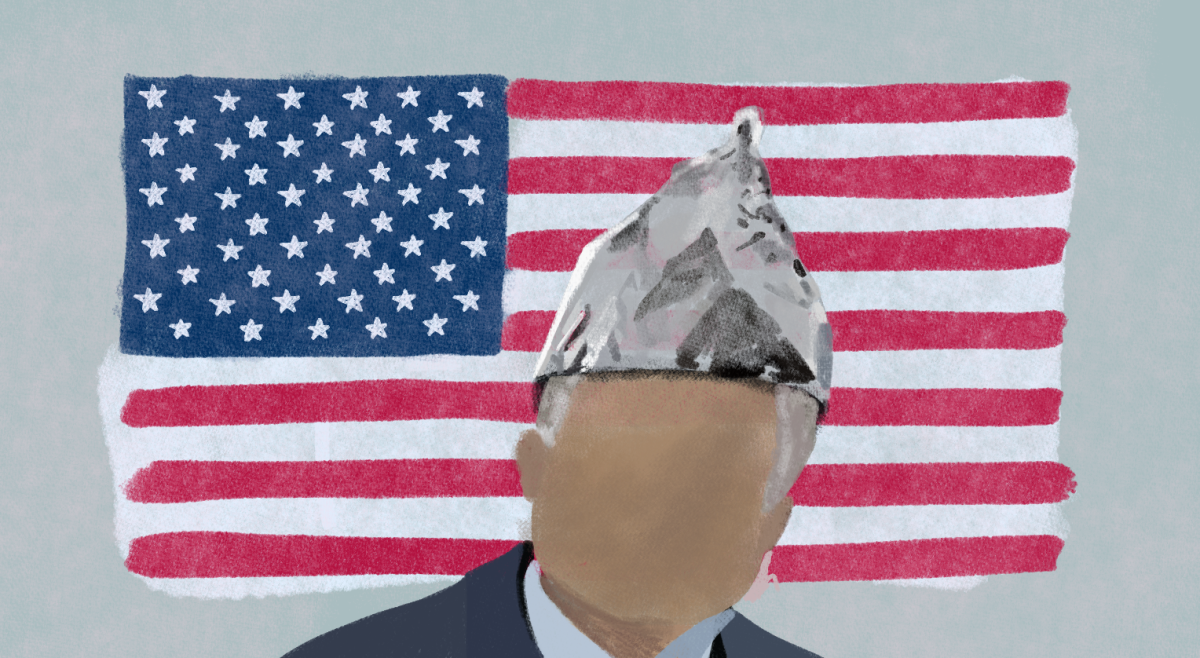While a kookaburra can laugh with its derisive tone and the lorikeet can chirp with optimistic melody, only humans can “cooee.” Its sharp, high-pitched ring projects over rocks, hills, and valleys, a reminder that somewhere in this vast wilderness—through the sweeping plains of the Nullarbor or the verdant landscapes of country Victoria—there’s someone out there trying to say, “G’day.”
I hope that this column has been something like that—a “cooee” heard through the bush of BC, echoing above the day-to-day noise to offer a few pithy thoughts and an interesting yarn. As I write this, I am painfully aware that it is my final column before, in the immortal words that true blue Aussie export Peter Allen, my ship “comes back to the shore.” If we are indeed to end our antipodean wanderings together, then I think we must reflect on the crux of the past few fortnights.
After all, the question of what it means to be a true-blue Aussie has always been a bit tricky to pin down—even I have barely skimmed the surface in these five columns. John Williamson, that great Australian folk singer, famously spent an entire song trying to define Australiana, asking:
“True Blue, is it me and you?
Is it Mum and Dad? Is it a cockatoo?
Is it standing by your mate
when he’s in a fight?
Or will she be right?”
It’s a pretty good question, though, as his queries seem to admit, a tough one. But let me try and answer anyway through the lens of my time here in Boston. You see, the first thing that struck me when I flew into the United States in late August was all the flags. While you may laugh, it was a genuine shock! You would turn a street corner and there would be another flagpole, hanging from the side of a tower or set up next to a house, reverently looked up to by each person passing by.
I couldn’t imagine such a thing in Australia. The Aussie flag flies from parliaments, but seldom office blocks or universities (much less private homes). We didn’t settle on a unique national anthem until the 80s, and even it doesn’t get much love unless sung to the tune of Jimmy Barnes’ rock hit, Working Class Man. Grandiose talk of national values gets short shrift—when an immigration minister suggested the country strengthen its citizenship tests, he was mockingly met with calls to replace these tests with screenings of that great Aussie classic film, The Castle (yes—the same one I’ve been banging on about for four columns…)!
But why the discrepancy? In a city like Boston, it’s hard to forget that America’s pride in the symbols of nationhood is rooted in a historic struggle for nationhood. Australia never had that—the Brits supported our federation. Maybe that’s why national identity has been so hard to pin down—if it’s not tied to a political system or a common cause, where might we find it as a nation not founded in a liberal experiment?
Perhaps it can be found in what we have discussed these past four fortnights: the great stories, characters, and archetypes of Australia. “The Man from Snowy River,” rushing across the mountain slopes; the titans of Aboriginal story and activism, linking us to the oldest continuing civilization on Earth; the Aussie battler, just as proud of his Prime Minister’s beer-drinking world record as his economic reforms; the diggers on the field of battle, boldly charging even in defeat.
The wonder of a nation built on stories is that it is constantly in flux and ever changing. I have always admired that grand U.S. motto: “E pluribus unum,” or “out of many, one.” It’s the joy of people from all backgrounds joining in a national project greater than themselves—becoming American. But it stands in stark contrast to that famous Aussie line of song, “We are one, but we are many.” Whereas you become American by accepting America’s precepts, you are Australian by giving your own to Australia. By bringing your values and sense of yourself to bear as you live on and work with this great southern land—Mackellar’s “sunburnt country” in its vast and awe-inspiring beauty. What it means to be Australian changes with each new arrival … and that’s alright.
By World War II, the dim sim—a deep fried spin on a traditional Cantonese dish—was so synonymous with Australia that it made it into the guide for Yankee servicemen heading down under. Today, I can’t imagine Melbourne without the phở in Victoria Street or a classic Halal snack pack to soak up a hangover. Our old pubs are equally as defined by salt and pepper squid—a fusion of heritages spanning from the northern Mediterranean to the South China Sea—as our classic meat and three veg. So to be true blue really is that simple—be yourself and let us take care of the rest.
It is in that spirit that I thank you all, my readers—the Aussies who put up with the incessant in-jokes and the Yanks who journeyed into the Australian wilderness (if only through my prose) in search of a bloody good yarn. In every article I have written thus far, I have tried to leave you all with an exhortation. To take on a spirit of egalitarianism, to have a yarn with those around you in times of discomfort and division, to be at home everywhere else as you all are at BC, and to simply be a good mate.
This time, I leave you instead with a simple wish and invitation. Though my time is coming to an end, many lorikeets shall yet arrive on the Heights, and many eagles shall yet wander Melbourne’s bluestone lanes. Each will shape and be shaped by where they are and where they’re from. Whether you become one of these travelers or not, I hope this column has encouraged you to try, as I have, to see the world beyond parochial lenses and witness what we share with and owe to each other. To take on the stories and songs of law and lore from wherever they come and be all the richer for it. And if all else fails, then come down under and say, “G’day.”
I’ll be waiting with a flat white or a pint (perhaps both!). But until then, seeing as I began this series with a bush ballad, let me say goodbye with an anthem—a song I kept returning to each fortnight, as I pondered the stories and songs to share with you here.
“I’m a teller of stories; I’m a singer of songs;
I am Albert Namatjira, and I paint the ghostly gums;
I’m Clancy on his horse; I’m Ned Kelly on the run;
I’m the one who waltzed Matilda: I am Australian.
I’m the hot wind from the desert, I’m the black soil of the plains
I’m the mountains and the valleys, I’m the drought and flooding rains.
I am the rock, I am the sky, the rivers when they run.
The spirit of this great land: I am Australian.
We are one, but we are many.
And from all the lands on earth we come.
We’ll share a dream, and sing with one voice:
I am, you are, we are Australian.”

